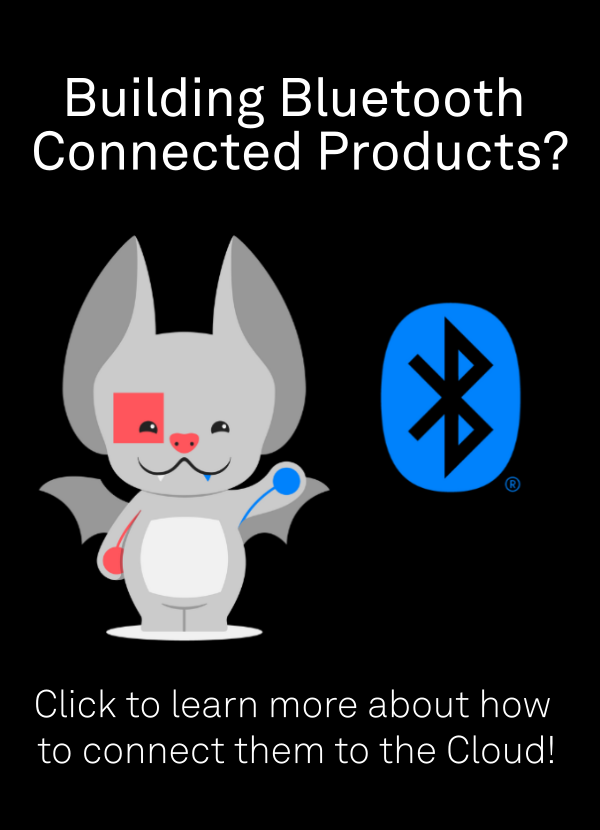If you regularly read our blog, or follow any of the Golioth social media accounts, you likely saw our “Golioth for AI” announcement post and video this week. We have been building towards this launch for quite some time, but astute readers may have noticed that there were actually very few new features announced that were exclusively dedicated to artificial intelligence or machine learning. This was by design.
Depending on where you sit, the recent explosion in the use of AI across industries has been either the largest technological shift since the internet, or the biggest hype cycle since the dot com boom. We prefer to think of it as something in the middle: a new capability already demonstrating usefulness for a subset of tasks, while also exhibiting severe short-comings in others. One thing we can all agree on is that the pace of innovation is rapid, with new models being developed, new hardware being built, and new companies being started. Choosing where to invest is complicated in the face of an uncertain future.
That’s why over the last year as we have rethought the architecture of the Golioth platform, we have been thoughtful in our approach to building modular, composable product features. This has been most apparent in our launch of Golioth Pipelines, which has allowed us to introduce new functionality every week, while enabling our customers to incrementally integrate those features into their own architecture. We believe that flexibility is your most valuable asset in the face of uncertainty. This is the same ethos we are bringing to enabling our customers to leverage AI.
Rather than wrap the API of one of the many AI platforms, as so many others are doing today, we have chosen to expose those platforms to you directly, ensuring that building on Golioth does not restrict your ability to access the latest and greatest the market has to offer. Rather than building a proprietary model training service, we have invested in open source solutions and partnered with leaders like Edge Impulse.
We’re not pivoting to be an AI company because providing access to the best tool for the job has been our mission all along. Investing in leveraging AI one way today should not preclude you from investing in another way in the future. With Golioth, you can be sure it won’t.


No comments yet! Start the discussion at forum.golioth.io